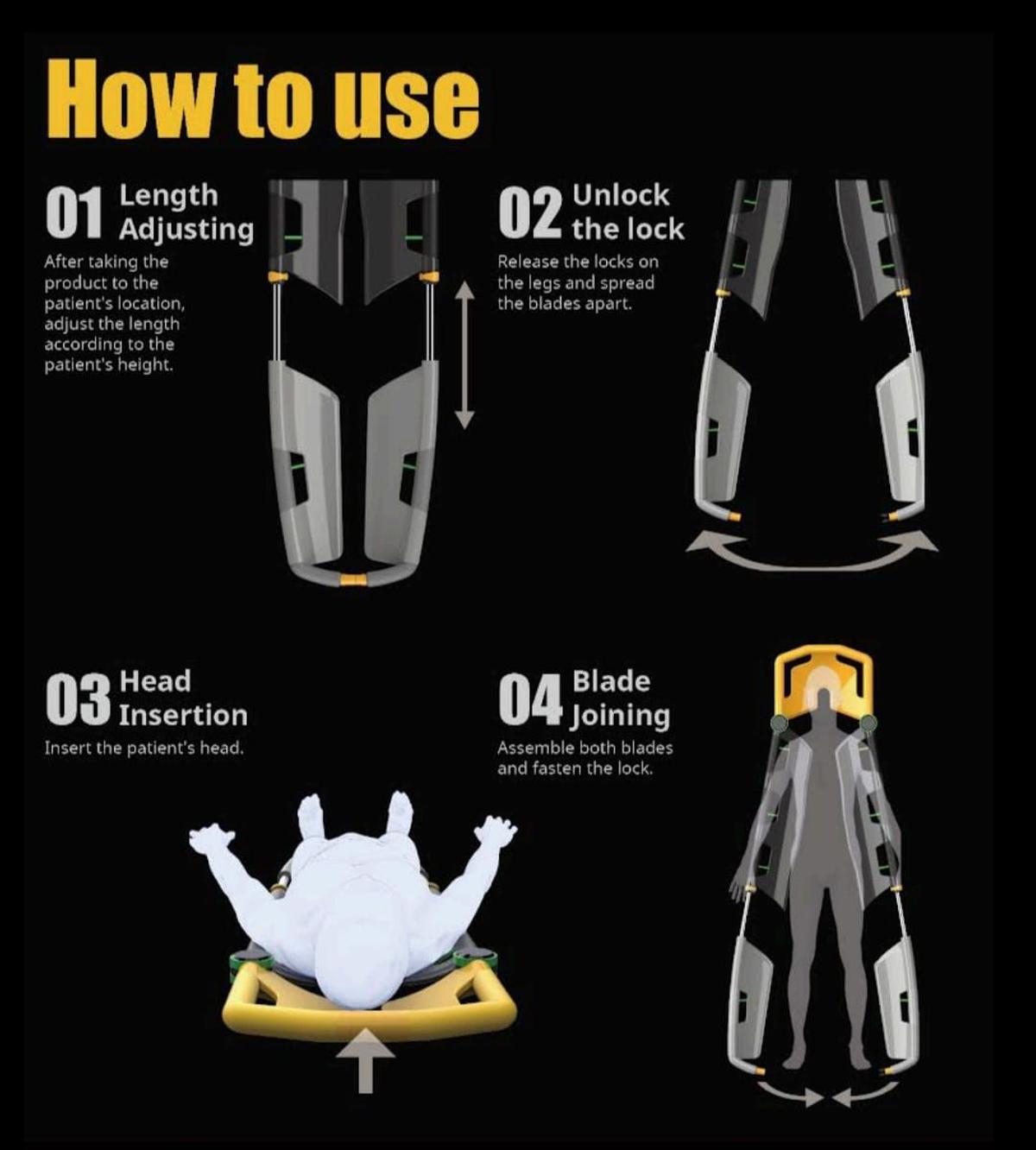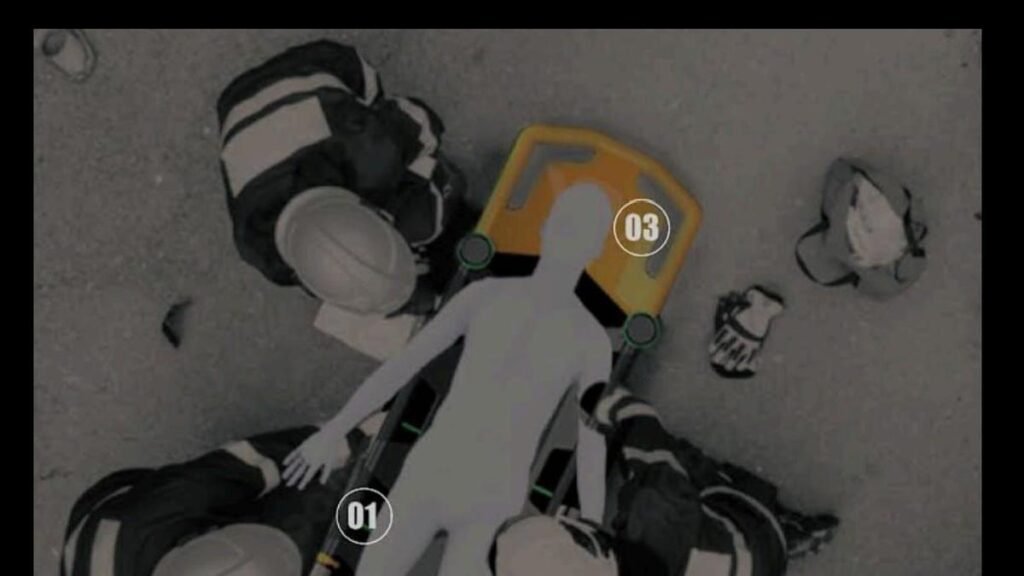
A scoop stretcher model
| Photo Credit: Special Arrangement
This is the season for trekking in Tamil Nadu. The State authorities have issued instructions for trekkers’ safety even as enthusiasts make a beeline for the hills. Some of the hills in the State have steep gradients that could prove difficult for trekkers who may be in poor physical condition. Coupled with a lack of knowledge of the trail, many risk getting injured.
For rescuers, it is a difficult task to get the injured down to the plains without aggravating the damage they have already incurred. In insurmountable terrains, where ambulances cannot reach, it is the norm to improvise. To date, slings are used to transport the injured, which though done with the good intention of expediting the trip to a hospital, can end up aggravating the victim’s injury.
Ketna Mehta was one of those who had such an experience. It has been a journey of learning for Ms. Mehta, who was injured in a paragliding accident several decades ago. At that time, only large hospitals had a few basic ambulances.
She can vividly recall the events post-accident. She was placed in a sling and brought down from the site and taken in an Ambassador car to the hospital. “I was unable to move. It was Riten Pradhan, orthopaedic surgeon, who with his acumen realised that there was something amiss in my spinal cord,” she says. Then started a series of surgeries and therapies. But the injury had damaged her spine permanently. She believes that had she been lifted carefully by cushioning her injured body sufficiently, she may not have suffered as much permanent damage.
Ms. Mehta is now a paraplegic and uses a wheelchair. She rues that even the medical curriculum in 1995 did not recognise the need for specialised stretchers to transport the injured. Her experience led her to establish the Nina Foundation in Mumbai that focuses on rehabilitation of persons with spinal cord injuries. Since then, she has conducted several awareness programmes on making ‘scoop stretchers’, a vital piece of equipment in every ambulance.
“The country has come a long way since 1995. We now have a sizable number of ambulances with trained paramedical staff but much more needs to be done,” she says.

Usage of a scoop stretcher
| Photo Credit:
Special Arrangement
What are scoop stretchers?
Scoop stretchers are a special type of stretcher that can be stretched to immobilise an injured person and support the head to prevent injury to the cervical bone. The patient is placed on the stretcher and lifted. This prevents aggravating the injury to the spine.
Vaishnavi Jayakumar, member, Disability Rights Alliance, in her letter to the Ministry of Road Transport and Highways officials last November recommended that scoop stretchers be used as “mandatory ambulance equipment as it is scientifically proven to be safest”.
Awareness about scoop stretchers remains low, rues Ms. Mehta despite programmes.
Ms. Jayakumar has pointed out in her email to Ministry officials that paucity of trained personnel and minimally trained first responders indicates the need to push for such stretchers.
“We need to make use of scoop stretchers a mass movement,” Ms. Mehta says, pointing to the recent stampedes and stage collapses which left many injured. They may have suffered more injuries because of the way they were carried to hospitals, she points out.
Ms. Mehta avers that training ambulance attendants besides including a scoop stretcher along with a normal stretcher in ambulances is the need of the hour. She calls for a corporate social responsibility movement through non-government organisations and voluntary organisations to train in the use of scoop stretchers.
Published – February 21, 2025 05:58 pm IST

